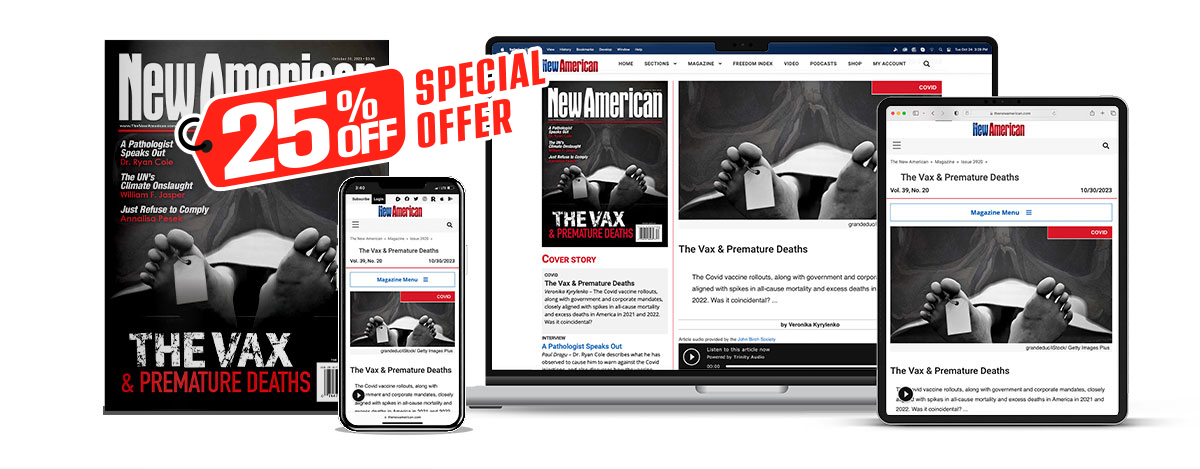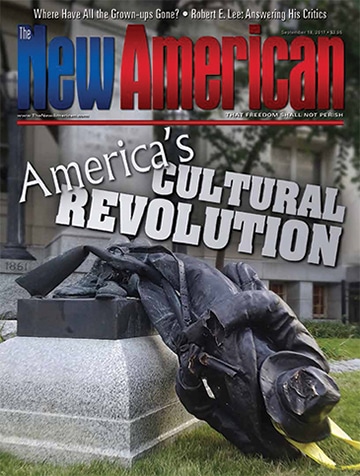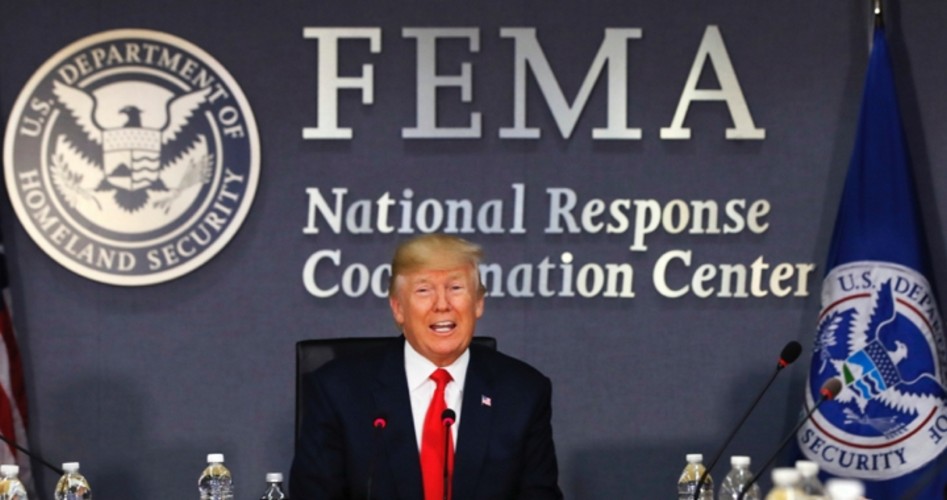What Should the Government Do in Times of Disaster?
Americans everywhere expect their government to do something about the tragedy of Hurricane Harvey and its aftermath. President Trump visited the disaster-stricken area and indicated that all needed federal resources would be at the disposal of the state of Texas. Federal government entities, especially the Federal Emergency Management Agency (FEMA), were already on the ground in Houston and Corpus Christi. At no time more than during such epochal natural disasters does the federal government have a greater opportunity to showcase its benevolence. But what exactly should its role be?
On September 8, 1900, a storm very similar in intensity and track to Harvey made landfall on Galveston Island, about 50 miles south of Houston. The “Great Galveston Hurricane,” as it has subsequently become known, utterly destroyed the thriving young metropolis of Galveston and most of its inhabitants. A gigantic storm surge washed over the entire island, sweeping away all but a handful of Galveston structures and claiming as many as 12,000 lives — although the final death toll will never be known. The Galveston hurricane of 1900 remains by far the deadliest natural disaster in American history. While Hurricane Katrina eclipsed Galveston’s economic damage, the 1900 storm killed more people than all of America’s other historical hurricanes combined. In its wake, the survivors were completely cut off from the mainland, and were forced to build makeshift shelters out of the lumber from destroyed buildings. The stench of the thousands of dead made conditions even more unbearable.
Yet in spite of such conditions, postal, water, and telegraph services were restored to Galveston only five days after the storm hit, and cotton was again being shipped from its port only three weeks after the hurricane. The city of Galveston never recovered its pre-hurricane preeminence (one of the nicknames of old Galveston had been “the Wall Street of the Southwest” because of its remarkable prosperity), and Houston became the new commercial center of the Texas Gulf Coast. But the city rebounded to a remarkable degree, building a huge new sea wall to protect against future storm surges.
JBS Member or ShopJBS.org Customer?
Sign in with your ShopJBS.org account username and password or use that login to subscribe.

 Subscribe Now
Subscribe Now
- 24 Issues Per Year
- Digital Edition Access
- Exclusive Subscriber Content
- Audio provided for all articles
- Unlimited access to past issues
- Cancel anytime.
- Renews automatically

 Subscribe Now
Subscribe Now
- 24 Issues Per Year
- Print edition delivery (USA)
*Available Outside USA - Digital Edition Access
- Exclusive Subscriber Content
- Audio provided for all articles
- Unlimited access to past issues
- Cancel anytime.
- Renews automatically


